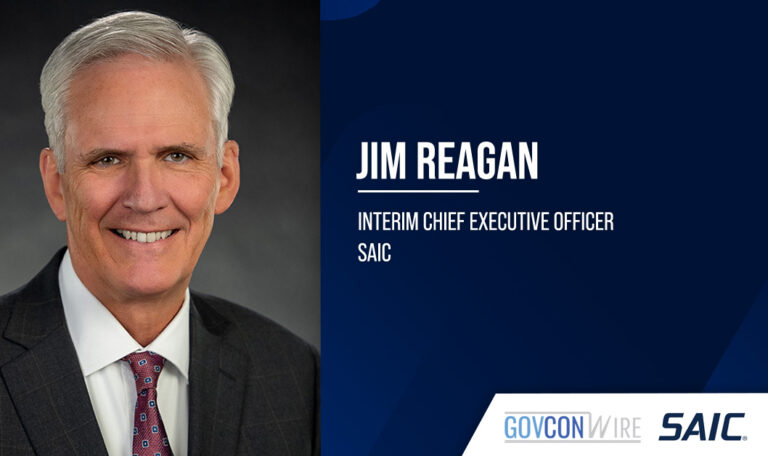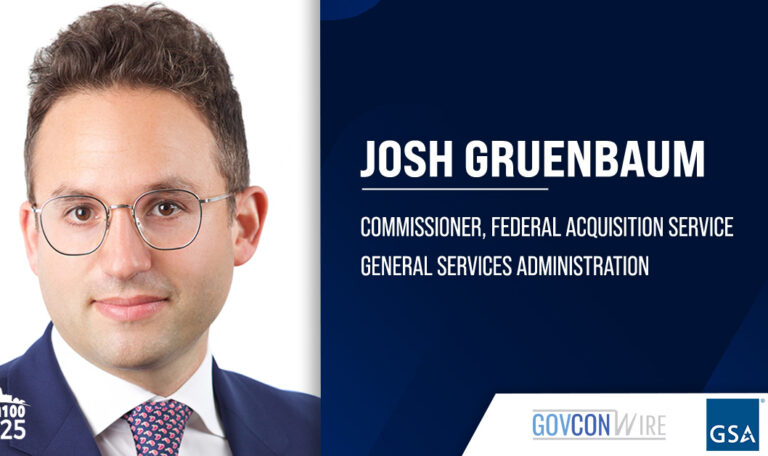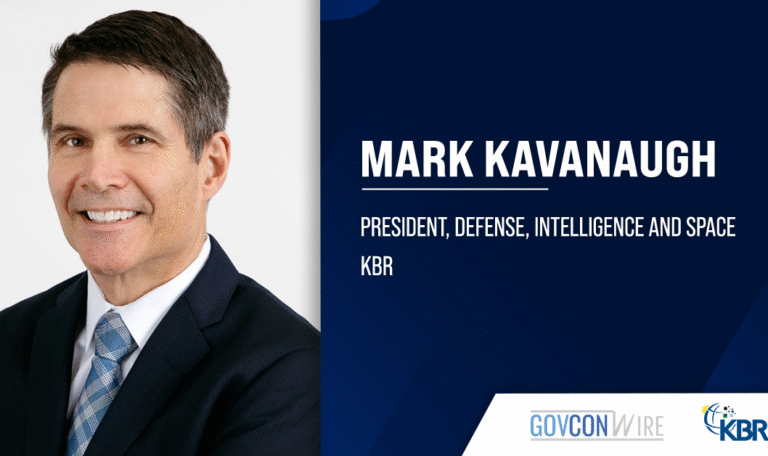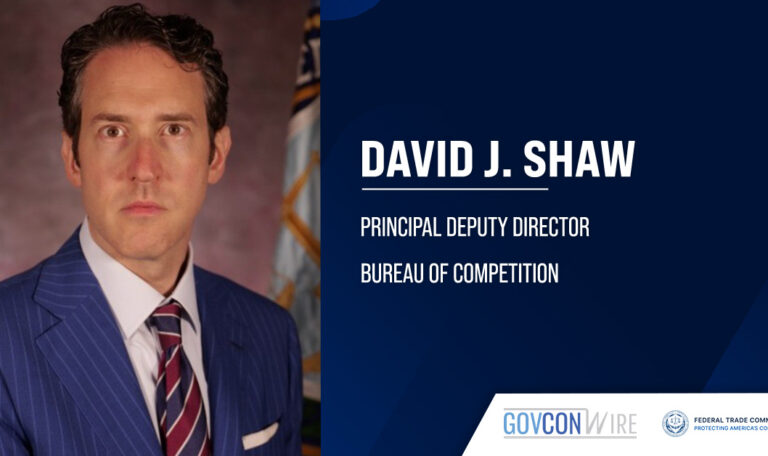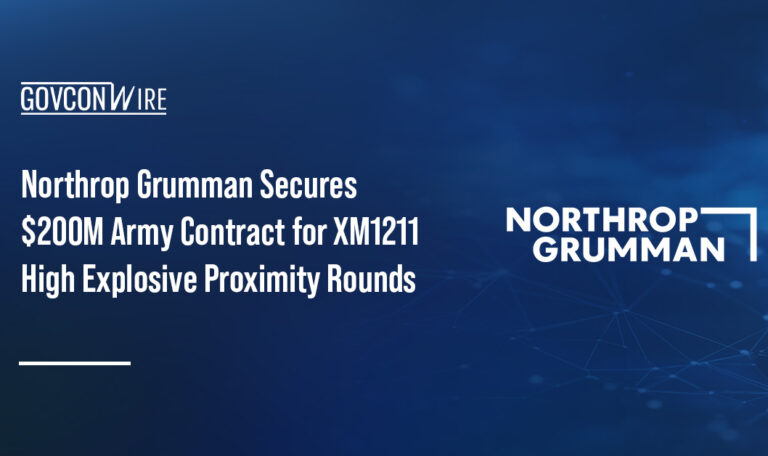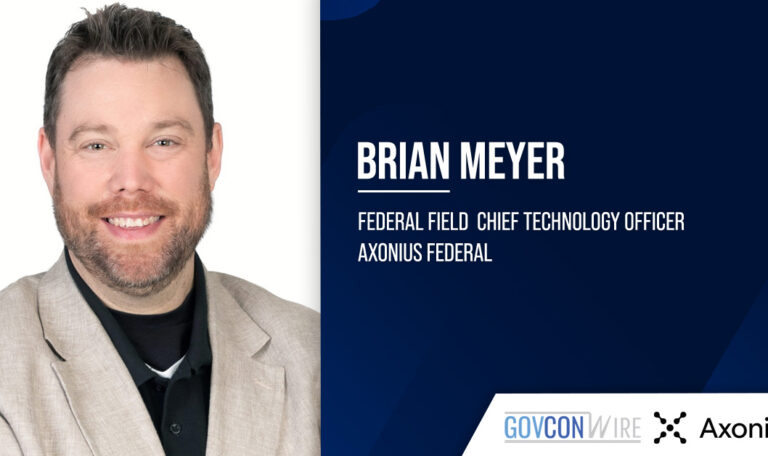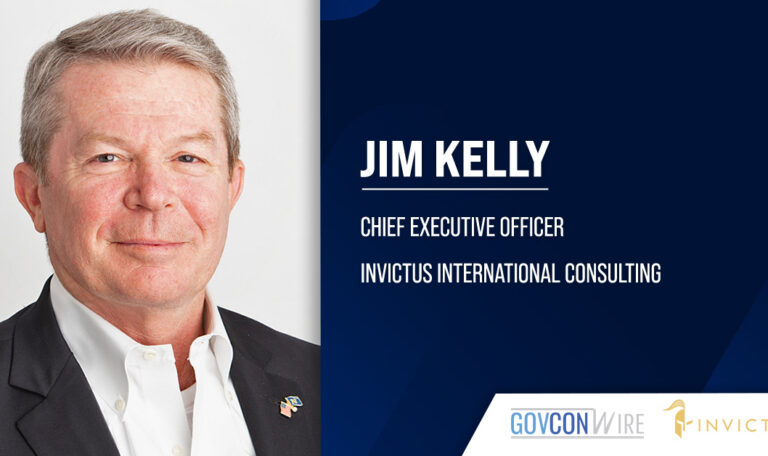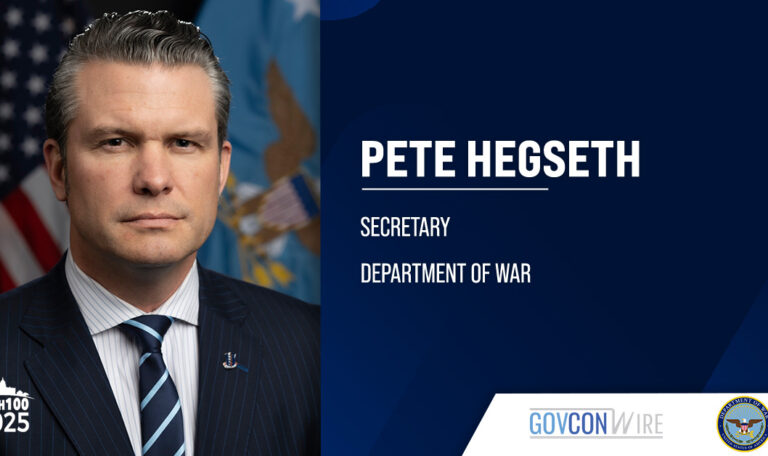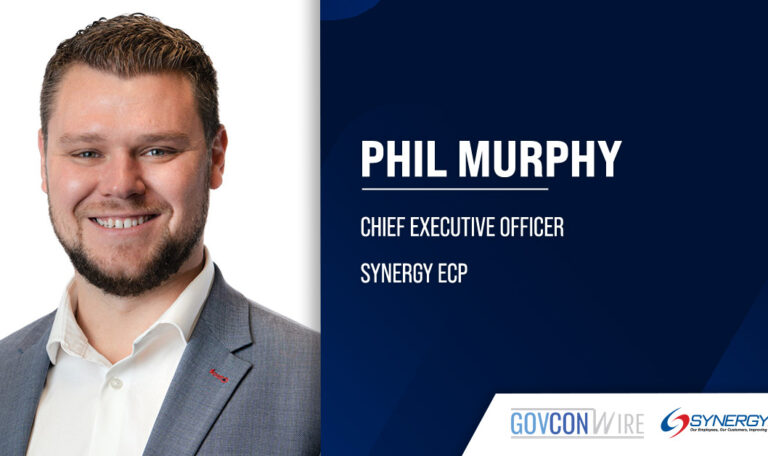 On Thursday, Nov. 1st, GovCon leaders from the public and private sector gathered for the Potomac Officers Club™s 2018 Multi-Domain Battlefield Forum, where keynote speaker Brig. Gen. Chance Saltzman, director of current operations, U.S. Air Force, discussed the challenges and strategic opportunities facing multi-domain operations. An expert panel followed, featuring: Maj. Gen. Clinton Crosier, Air Force; Brig. Gen. Kevin Kennedy, Air Force; Keith Salisbury, VP, Pivotal; Dr. Robert Smith, VP, Lockheed Martin; and Dr. Greg Spanjers, Air Force.
On Thursday, Nov. 1st, GovCon leaders from the public and private sector gathered for the Potomac Officers Club™s 2018 Multi-Domain Battlefield Forum, where keynote speaker Brig. Gen. Chance Saltzman, director of current operations, U.S. Air Force, discussed the challenges and strategic opportunities facing multi-domain operations. An expert panel followed, featuring: Maj. Gen. Clinton Crosier, Air Force; Brig. Gen. Kevin Kennedy, Air Force; Keith Salisbury, VP, Pivotal; Dr. Robert Smith, VP, Lockheed Martin; and Dr. Greg Spanjers, Air Force.Saltzman began by defining multi-domain operations: œIt™s a combination of operations from multiple domains, generating offensive and defensive actions including but beyond those designed as cross domain support that create and take advantage of vulnerabilities and present multiple simultaneous dilemmas for an adversary and an ops tempo they can’t match.
Taking place among the convergence of air, space and cyber, this combination of effects makes the battlefield œmore dangerous for an adversary, Saltzman said, noting the goal of multi-domain operations is to ensure the enemy dislikes its choices for responding. If we think only in terms of current capabilities, Saltzman continued, then we™re missing part of the equation. Creating direct effects on enemy air defenses from a platform in space or through cyber strategic attack may not yet be available, Saltzman admitted, but the Air Force must start planning for these eventual outcomes and put the structures in place.
Saltzman explained multi-domain operations don™t just create dilemmas for an adversary, they repeatedly change the conditions for the adversary. By the time the enemy has observed what™s happening, oriented itself and decided what to do next, it™s too late. œThe decisions they were about to make don’t make sense anymore ¦ about the time they get oriented to make [new] decisions, we™ve changed the conditions again. The adversary can then proceed with imperfect information or wait until they have better information. œThey never get to the point where they™re comfortable with the information [they have], Saltzman highlighted.
However, command and control of multi-domain operations is different than the operations themselves, Saltzman explained, defining multi-domain C2: œThe coordinated execution of authority and direction to gain, fuse and exploit the information from any source in order to integrate planned, synchronized execution of multi-domain operations in time, space and purpose to meet commanders™ objectives.
Saltzman stressed that a truly integrated plan is necessary to carry out these operations, not a stitched together support plan with a campaign plan. Only a commander with the knowledge and authority across all the key domains can create those dilemmas for an adversary, Saltzman impressed upon the audience. He also elaborated on the œinformation from any source part of the definition. If you™re only analyzing the data feeds in your ops center, then you™re not gathering information from all sources, Saltzman cautioned.
œWe™re done with studying this problem [multi-domain operations]. It™s time to start solving this problem, Saltzman asserted. His strategic integration group has approximately eight months to codify an approach to the issue. After that, they must transition key multi-domain initiatives into a formal, institutionalized set of Air Force programs.




